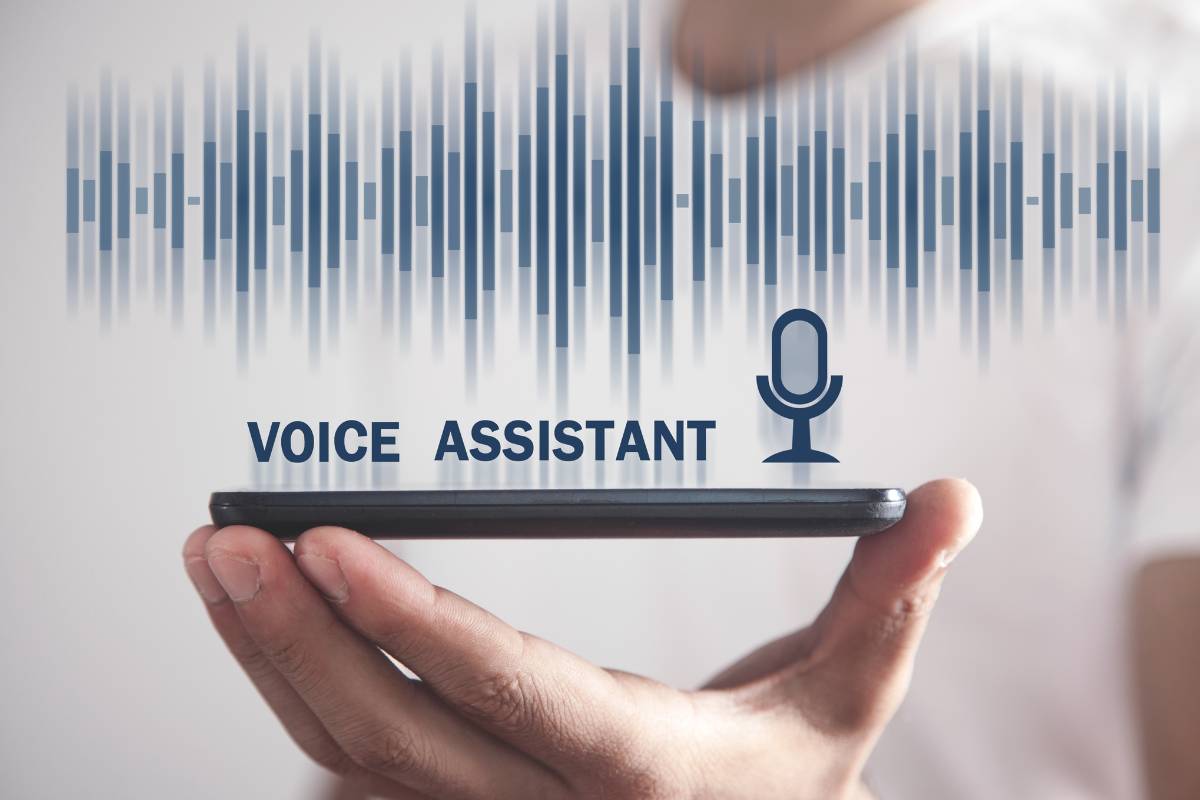How Voice Cloning AI is Revolutionizing Entertainment: From Audiobooks to Films

You know how Hollywood’s been reinventing itself since the silent-movie days, right? First it was black-and-white, then Technicolour, then CGI, and now—brace yourself—we’ve got voice cloning. Yep, that futuristic tech that can magic up someone’s voice out of thin air. Audiobooks, movies, video games… You name it, voice cloning AI is shaking things up. And sure, it sounds like sci-fi, but it’s very much real, very now, and probably coming to your headphones sooner than you think.
Table of Contents
ToggleWhat Exactly Is Voice Cloning AI?
Picture this: you talk into a mic for a few minutes, and voilà—an AI model studies your pitch, tone, rhythm (all that jazz) and spits out sentences in your exact voice. Creepy? Kind of. Cool? Absolutely. It’s more than just text-to-speech. Deep-learning algorithms, neural nets… these aren’t your grandma’s robotic voices. With just snippets of audio, the tech learns enough to “act” like you, reading scripts or chatting live.
Voice cloning AI has existed for a hot minute—think robotic GPS voices. But thanks to breakthroughs in deep learning, cloning a voice now takes only minutes of recordings. This leap has blown the doors wide open: from indie authors narrating their own books to blockbuster dubs that actually feel like the real deal.
Audiobooks: Narrators On Demand
Remember when audiobooks meant booking studio time, hiring pricey narrators, and praying they’d nail the tone? Those days might be numbered. Voice cloning AI lets publishers (and even solo writers) bypass all that with this technology. Imagine hearing your favourite memoir read by the author’s own voice—even if they’re thousands of miles away or, you know, simply too busy.
Cheaper. Faster. More flexible. Small presses and indie authors suddenly can compete with the big dogs. Less red tape, more titles hitting the market every week. Sure, you might miss the human quirks of a seasoned narrator, but hear me out: with clever editing and a pinch of that author’s own personality baked in, it can feel surprisingly authentic.
How The Magic Happens
Curious to know how to clone a voice using AI? It breaks down like this:
- Gathering Voice Samples. You record yourself reading for anywhere between two minutes and a couple of hours. The more varied the clips—casual chat, formal reading, off-the-cuff remarks—the better.
- Training The Model. Next, the AI crunches the audio, analysing your intonation, pacing, emphasis—basically everything that makes your speech uniquely “you.”
- Generating New Speech. Now, any text you feed it comes out sounding like you. Need a paragraph read? Done. Real-time banter? Also doable (with a bit more tech behind the scenes).
- Fine-Tuning. Sometimes you tweak the output—adjust a pause here, soften a consonant there—until it nails that human imperfection.
End result: a digital you, ready to narrate anything from thrillers to self-help guides.
Lights, Camera, Clone: AI In Film
If audiobooks are getting a facelift, movies—especially animation—are next in line. Voice is half the magic of a character, and that’s where cloning Artificial Intelligence flexes big time.
- Keeping Voices Consistent. Actors get sick, schedules clash, and sometimes they can’t finish a session. No sweat—AI can step in to mimic their voice for the missing lines. Seamless continuity, zero awkward re-recordings.
- Resurrecting Legends. Hollywood’s already dusting off CGI to bring icons back. With voice cloning, you could technically have James Dean narrate the trailer for your next sci-fi epic. (Morally murky? Totally. Technically possible? You bet.)
- Global Dubbing, Remixed. Dubbing used to mean hiring separate voice talents in every language—and usually losing the actor’s original vibe. Now, AI can clone a star’s voice in multiple tongues, so you get “their” performance whether you’re in Madrid, Mumbai, or Mexico City. A more immersive experience, worldwide.
- Extra NPC Chatter In Games. Indie game dev? Short on budget? Cloning AI can whip up dozens of distinct voices in-house—no casting calls required. Your virtual world suddenly sounds full, alive, and consistent.
What’s Happened Lately: Industry Moves
Over the past few months, you’ve likely heard whispers that Netflix, Amazon, and other streaming giants are experimenting with voice cloning for quicker, cheaper dubs. Word is, they’ll keep an actor’s cadence intact, even in French or Japanese—crazy, right? And some forward-thinking game studios are teaming up with AI labs to craft NPCs that talk back in real time, adapting to your choices. These aren’t half-baked proofs of concept; big players see this as part of the standard production pipeline soon.
But Wait—There Are Snags (And Big Questions)
It isn’t all sunshine and rainbows. Voice cloning technology brings along some thorny problems:
- Who Owns Your Voice? If a few minutes of audio is enough to clone you, what’s stopping someone from faking your voice for scams? We need rock-solid consent laws and ironclad digital rights management—yesterday.
- Where Do Actors Fit In? Sure, AI can mimic emotion to a point, but improvisation, subtle ad-libs, the “magic” moments—they still belong to real humans. Voice actors won’t vanish, but their roles might shift to training, directing, or quality control.
- Authenticity Vs. Convenience. The more we lean on AI, the blurrier the line becomes between genuine human performance and synthetic convenience. Some purists will baulk at “fake” voices, while others embrace the cost savings and speed.
Looking Ahead: What’s Next?
Fasten your seatbelts—voice cloning’s future is wild. Imagine a mobile Android video app where indie filmmakers whisk up entire soundtracks on the go, no studio required. Picture interactive ebooks whose narrators adjust tone based on your reading pace. Think VR worlds where every NPC feels like a real person, talking back with genuine inflexion.
This could be the great democratiser for storytellers everywhere. Audiobook production at café tables. Animated shorts dreamed up by bedroom creators. The barrier between pros and amateurs tearing down.
Final Thoughts
Voice cloning AI is the latest chapter in entertainment’s long story of reinvention. It carries enormous promise—affordable narration, seamless dubbing, richer gaming worlds—yet it also demands careful ethics and legal guardrails. As the tech matures, it’ll be fascinating to see how artists, studios, and regulators strike that balance.
One thing’s for sure: whether you’re a fan, a creator, or a curious bystander, you’re witnessing a shift that could redefine how stories—and voices—reach our ears. And no matter how advanced AI becomes, remember: behind every “clone” is a real human wanting to be heard.
Published by Carol Jones
My aim is to offer unique, useful, high-quality articles that our readers will love. Whether it is the latest trends, fashion, lifestyle, beauty , technology I offer it all View more posts
Recent Post
How To Wear Red Blush Like A Pro

Stammer vs Stutter – Is There Even a Difference?






